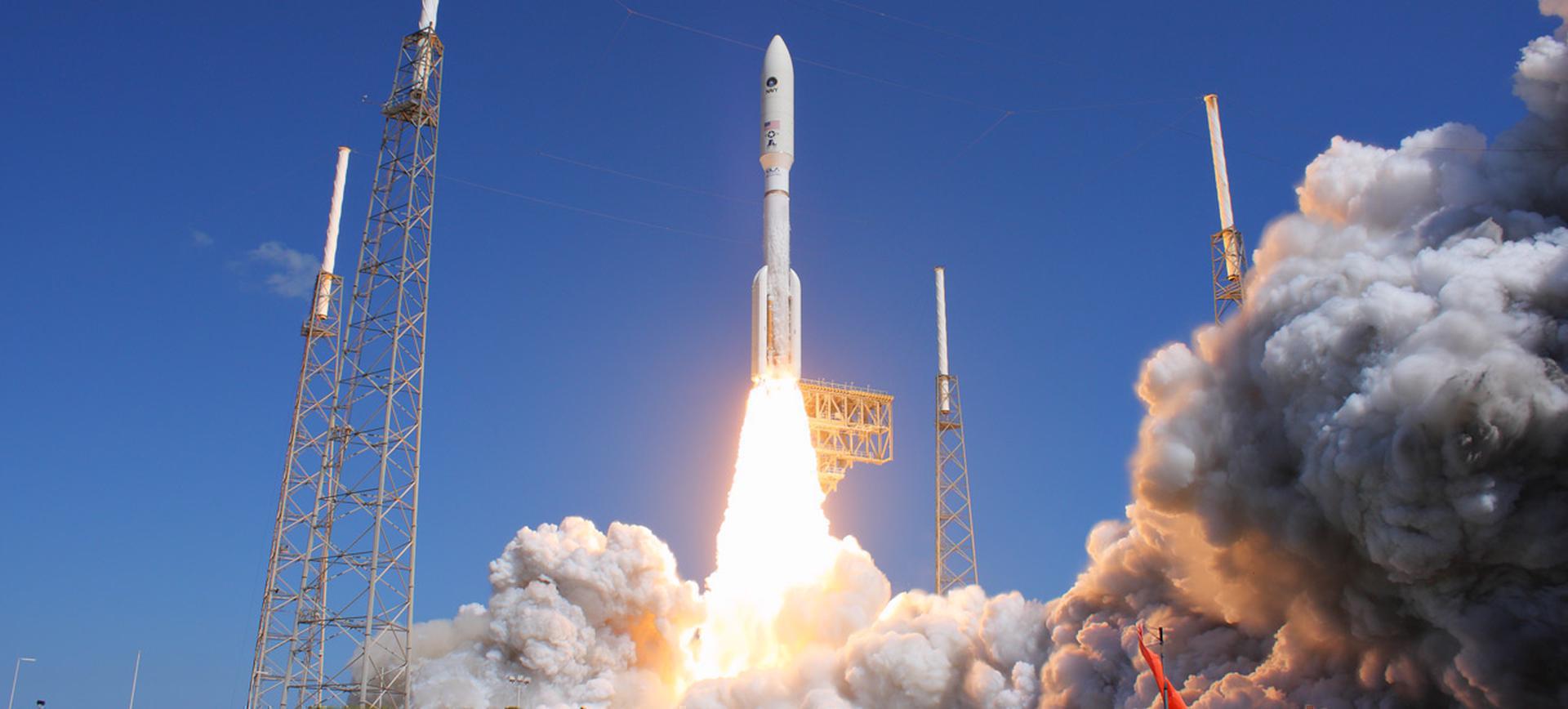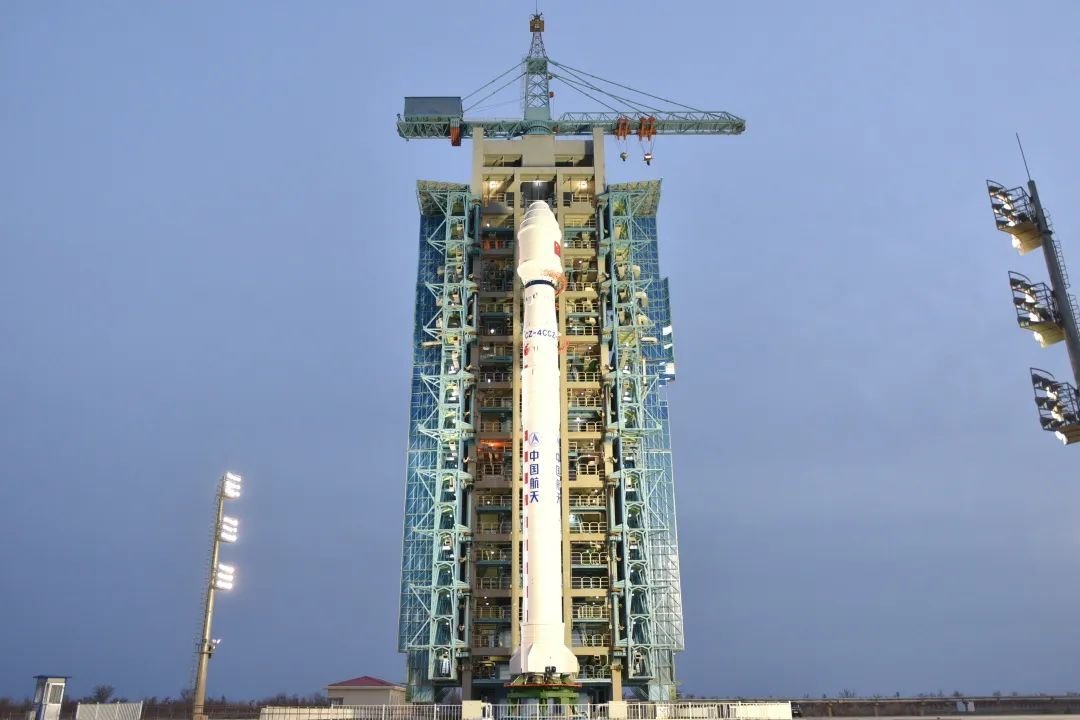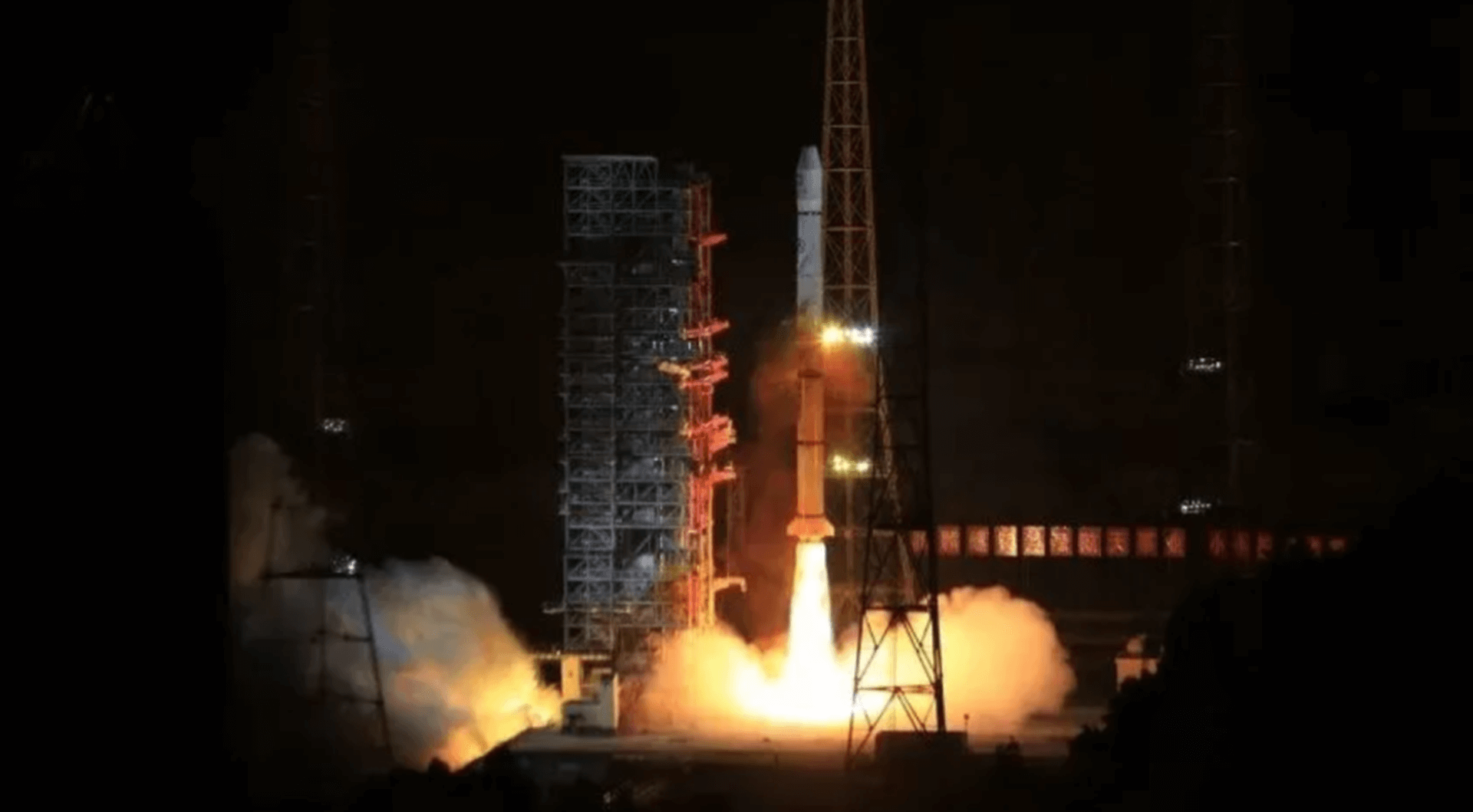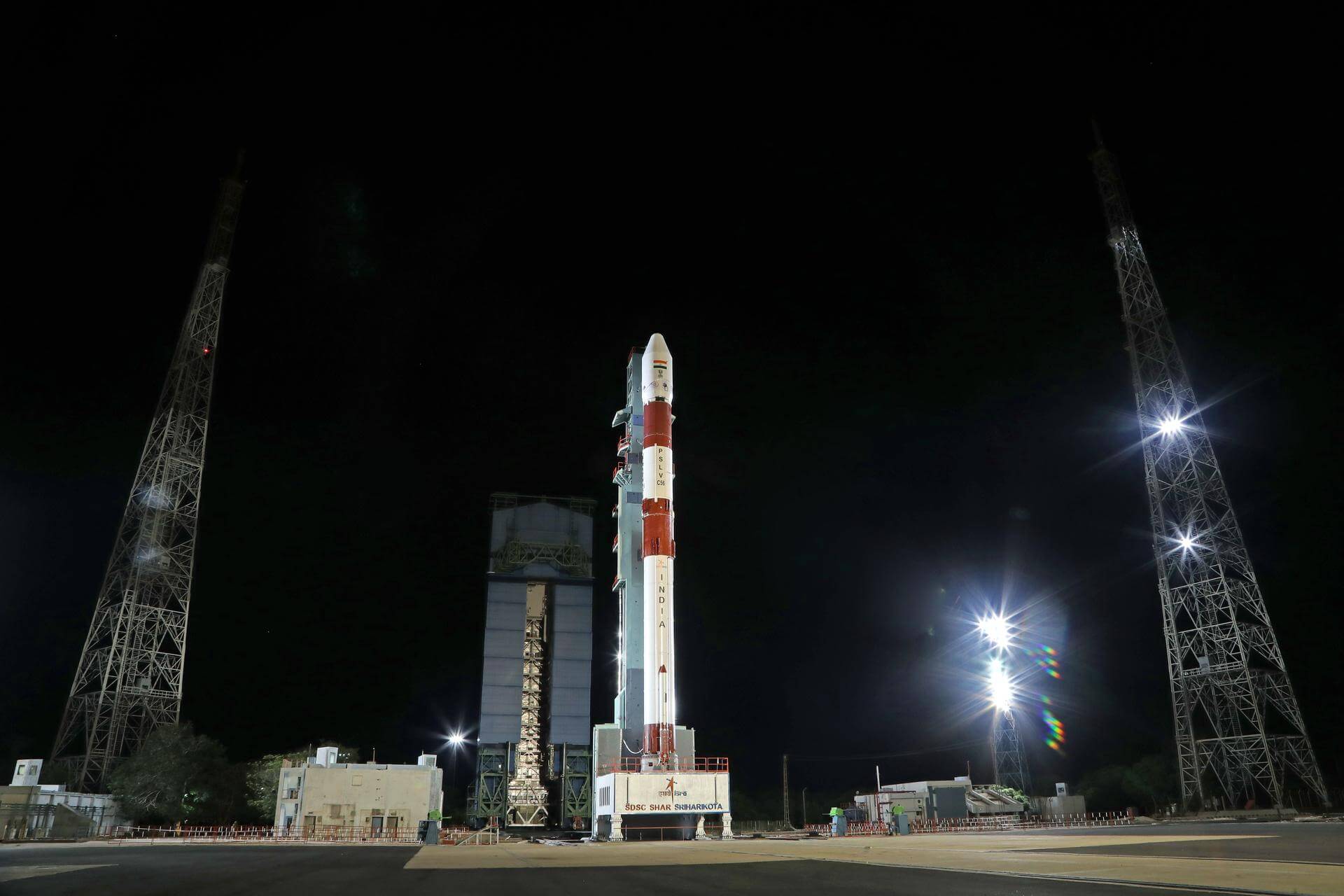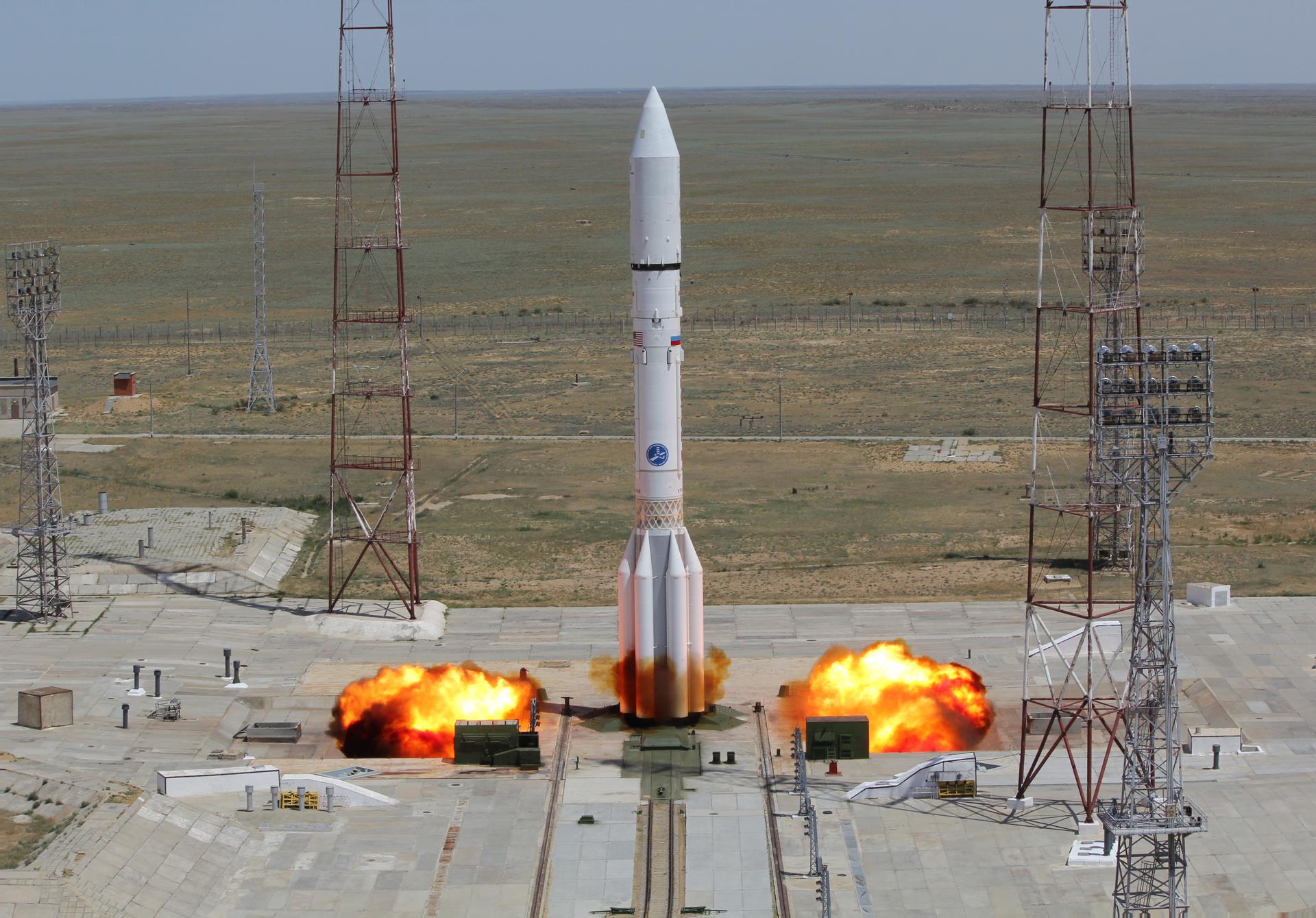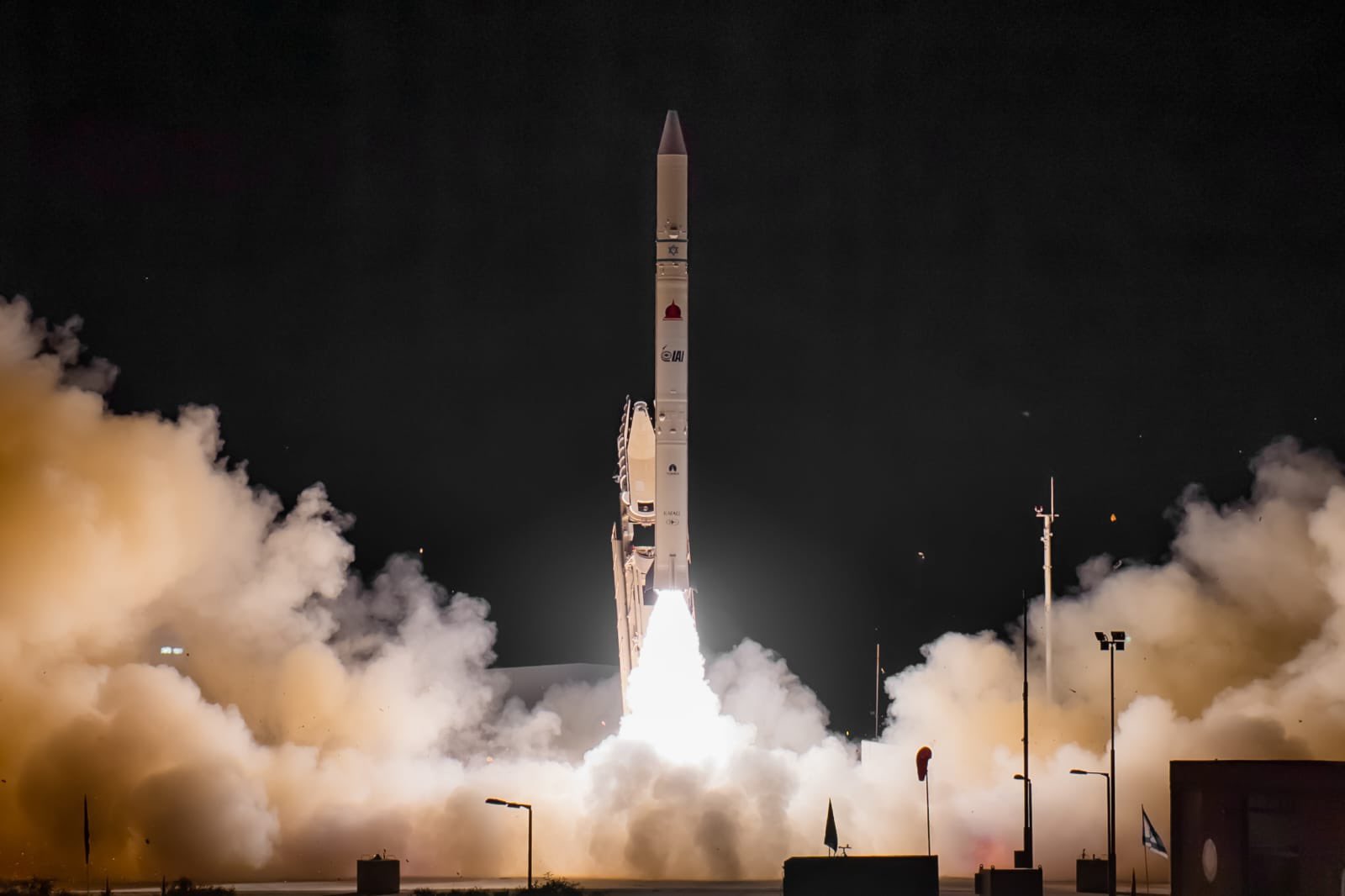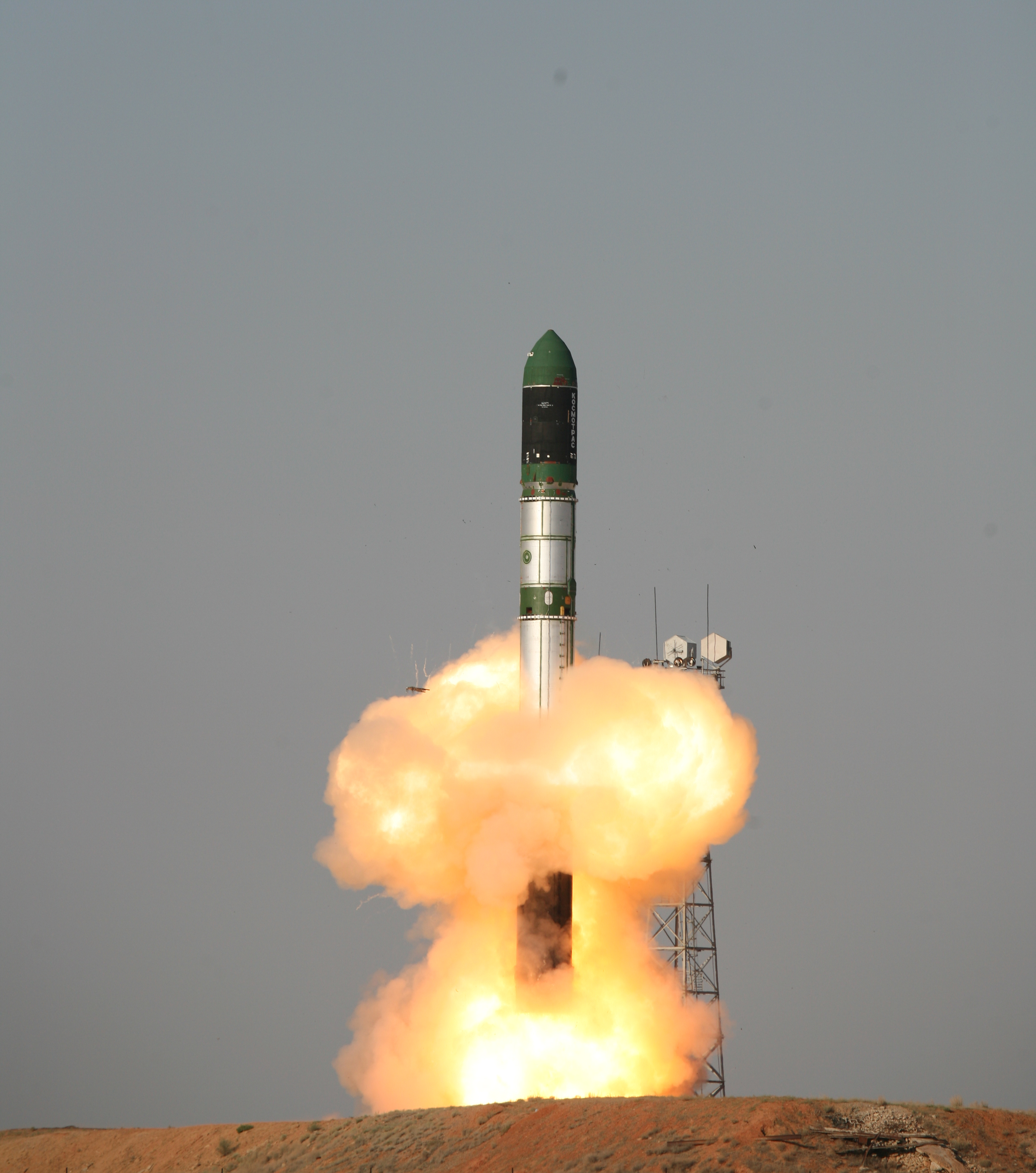Previous Spaceflight Launches
Filter by Agency, Locations or Vehicles
Show All LaunchesAtlas V 531 | AEHF-1 (USA-214)
United Launch Alliance | United States of AmericaCape Canaveral SFS, FL, USA
Aug. 14, 2010, 11:07 a.m.
Long March 4C | Yaogan-10
China Aerospace Science and Technology Corporation | ChinaTaiyuan Satellite Launch Center, People's Republic of China
Aug. 9, 2010, 10:49 p.m.
Ariane 5 ECA | RASCOM-QAF1R & NILESAT 201
ArianeGroup | FranceGuiana Space Centre, French Guiana
Aug. 4, 2010, 8:59 p.m.
Status: Launch Successful
Mission:
RASCOM-QAF 1R is a replacement for RASCOM-QAF 1 which suffered a leak and as a result only had a lifespan of 2 years. Providing Africa with telecommunications, covering the whole continent. Nilesat 201 is an Egyptian communications satellite which serves North Africa and the Middle East with Direct to Home TV and radio broadcasting. It operated at 7 degrees West.
Geostationary Transfer OrbitLong March 3A | Compass-IGSO-1 ( BEIDOU-2 IGS-1)
China Aerospace Science and Technology Corporation | ChinaXichang Satellite Launch Center, People's Republic of China
July 31, 2010, 9:30 p.m.
PSLV-CA | Cartosat-2B, AlSat-2A, StudSat, AISSat-1, TIsat-1
Indian Space Research Organization | IndiaSatish Dhawan Space Centre, India
July 12, 2010, 3:52 a.m.
Status: Launch Successful
Mission:
Cartosat-2B is fourth of Cartosat series of Earth observation satellites to be deployed in sun-synchronous orbit. Its main purpose is to collect high resolution imagery for cartography purposes. Cartosat-2B was launched along with several small satellites for Algeria, Canada and Switzerland.
Sun-Synchronous OrbitProton-M / Briz-M Enhanced | EchoStar XV
Khrunichev State Research and Production Space Center | RussiaBaikonur Cosmodrome, Republic of Kazakhstan
July 10, 2010, 6:40 p.m.
Soyuz-U | Progress M-06M (38P)
Russian Federal Space Agency (ROSCOSMOS) | RussiaBaikonur Cosmodrome, Republic of Kazakhstan
June 30, 2010, 3:35 p.m.
Ariane 5 ECA | ArabSat-5A & COMS-1 (Chollian)
ArianeGroup | FranceGuiana Space Centre, French Guiana
June 26, 2010, 9:41 p.m.
Status: Launch Successful
Mission:
Arabsat-5A is a Saudi Arabian communications satellite operated by Arabsat. It is used to provide television, internet and telephone services to Arabia, Africa and Europe. It operates at 30.5 degrees East. Chollian, or COMS-1, is operated by the Korea Aerospace Research Institute, using it for communication, oceanography and meteorogical observation. Operating at 128.2 degrees East.
Geostationary Transfer OrbitShavit-2 | Ofek-9
Israel Aerospace Industries | IsraelPalmachim Airbase, State of Israel
June 22, 2010, 7 p.m.
Dnepr 1 | TanDEM-X
ISC Kosmotras | RussiaBaikonur Cosmodrome, Republic of Kazakhstan
June 21, 2010, 2:14 a.m.
